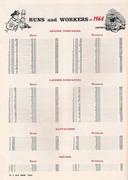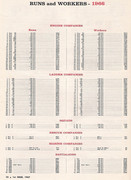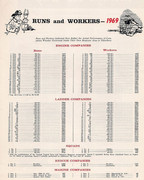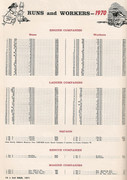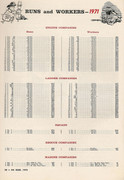- Joined
- Apr 13, 2012
- Messages
- 9,175
So I was looking at the Runs & Workers section on FDNewYork.com, (ran by Frank D, a member of this site I believe) and I saw that there were categories named "Workers and "OSW". I know that OSW means occupied structural worker. Can anyone please explain what exactly a Worker is and OSW for that matter? I like how the site also has an All-Hands category too, that gives more of an idea on how many AH's the company operated at.
Thanks, - Nick
* Also cool to see the Top 10 in the city for runs and workers as well, interesting to see how the companies change through the years. Looks like there were companies up there back in the day of late 70s and 80s that you wouldn't see in the Top 10 today like L109, T114 and L148. I know these companies are still fairly busy companies today, safe to say they were always busy. Just recently learned of the arson that occurred in the Borough Park, Sunset Park, and Bay Ridge areas during that time period.*
Thanks, - Nick
* Also cool to see the Top 10 in the city for runs and workers as well, interesting to see how the companies change through the years. Looks like there were companies up there back in the day of late 70s and 80s that you wouldn't see in the Top 10 today like L109, T114 and L148. I know these companies are still fairly busy companies today, safe to say they were always busy. Just recently learned of the arson that occurred in the Borough Park, Sunset Park, and Bay Ridge areas during that time period.*

